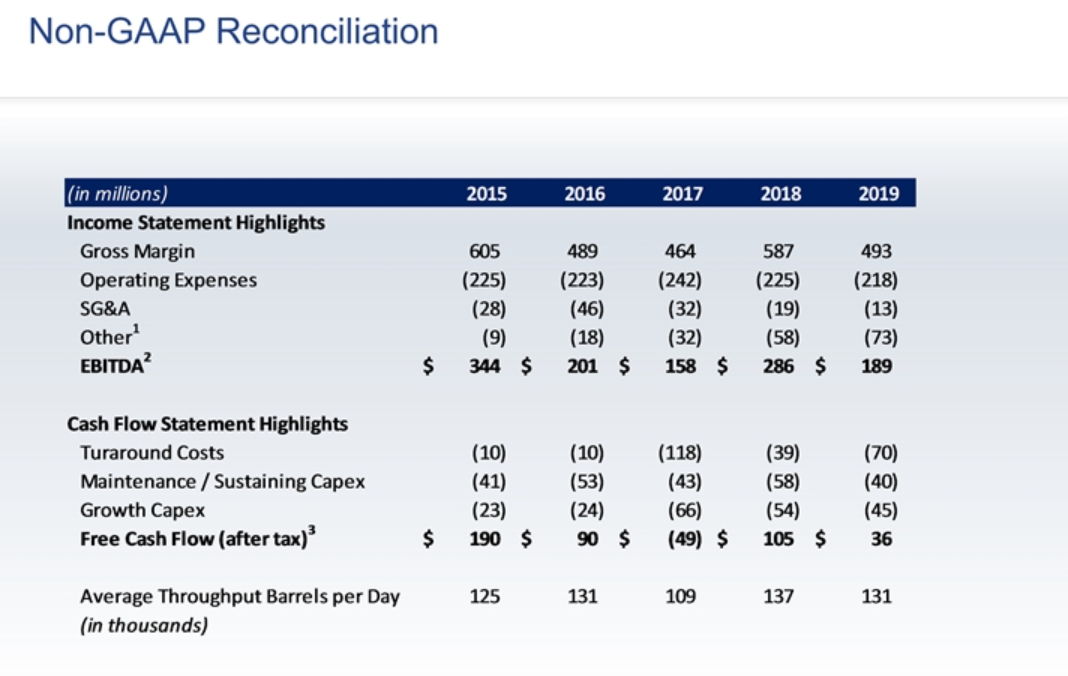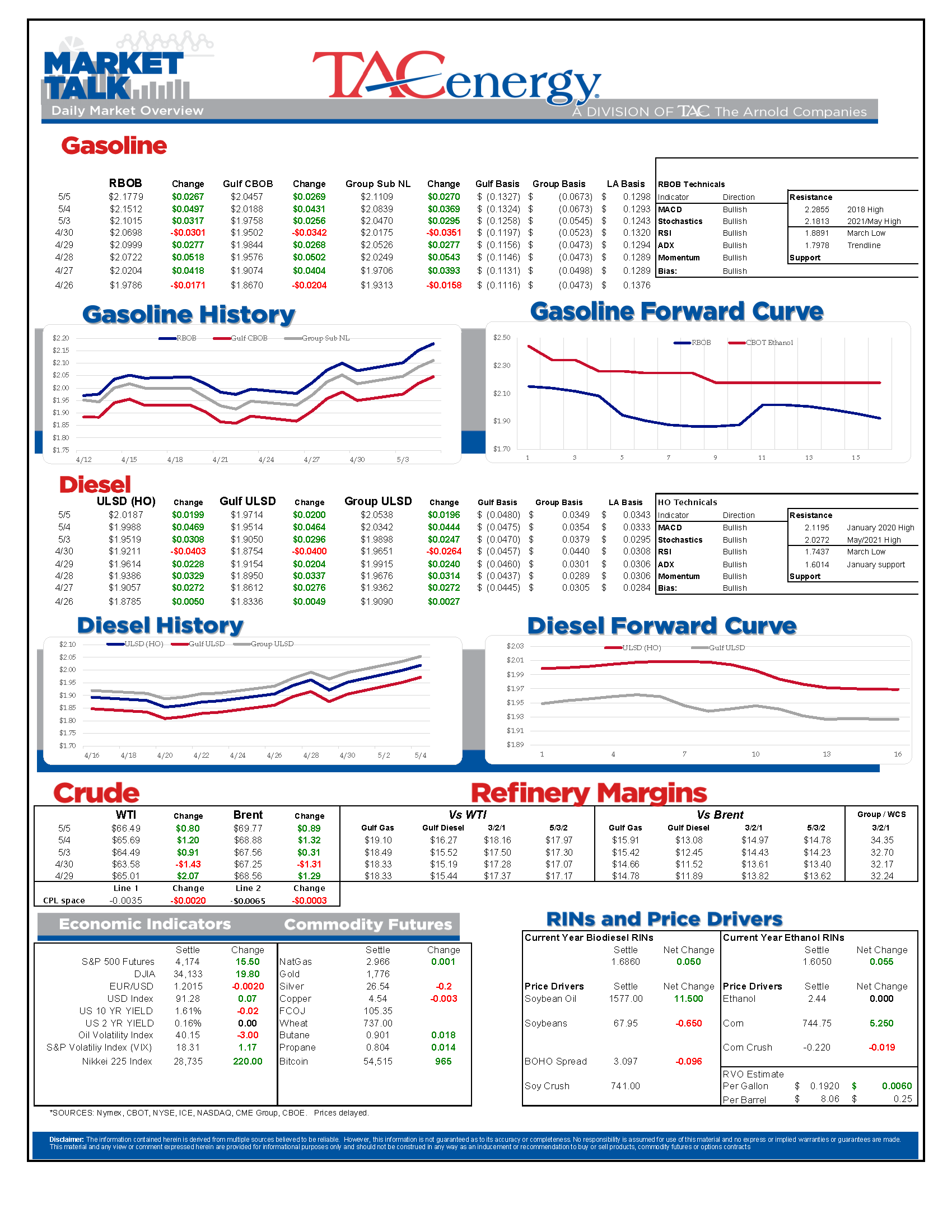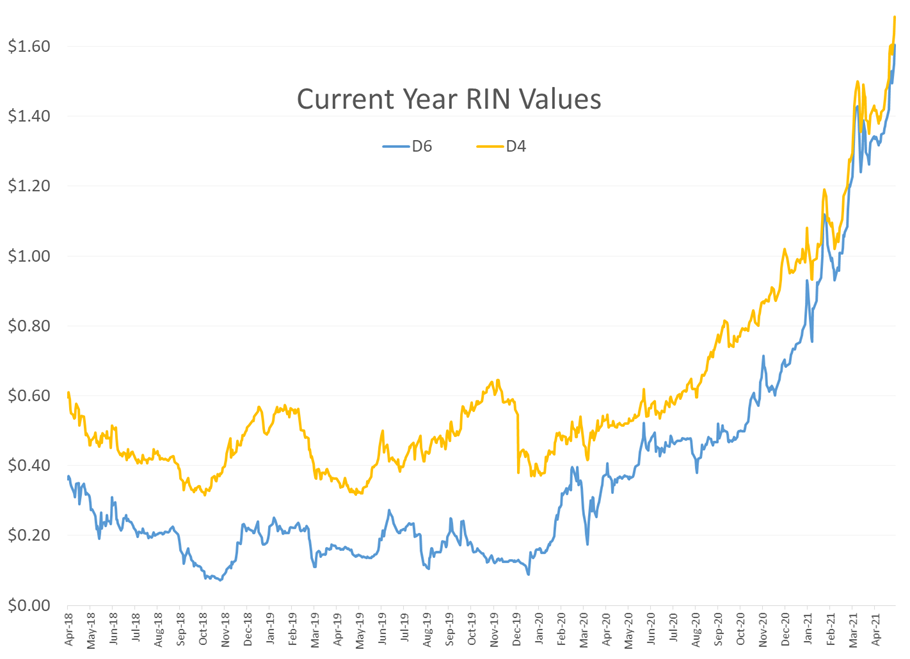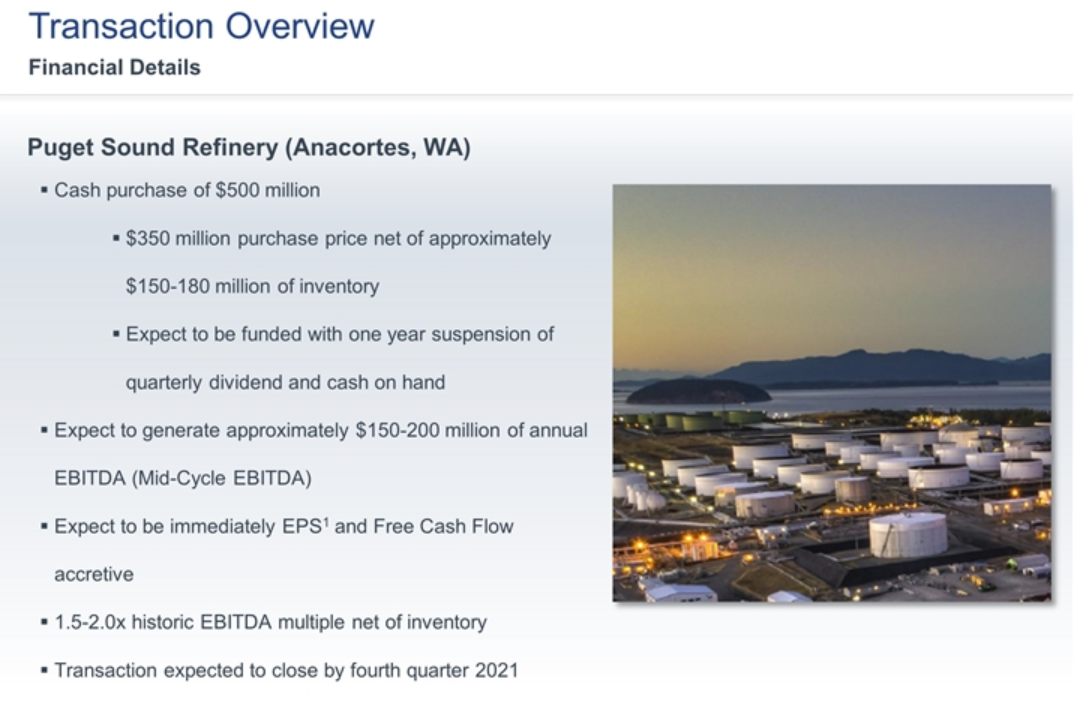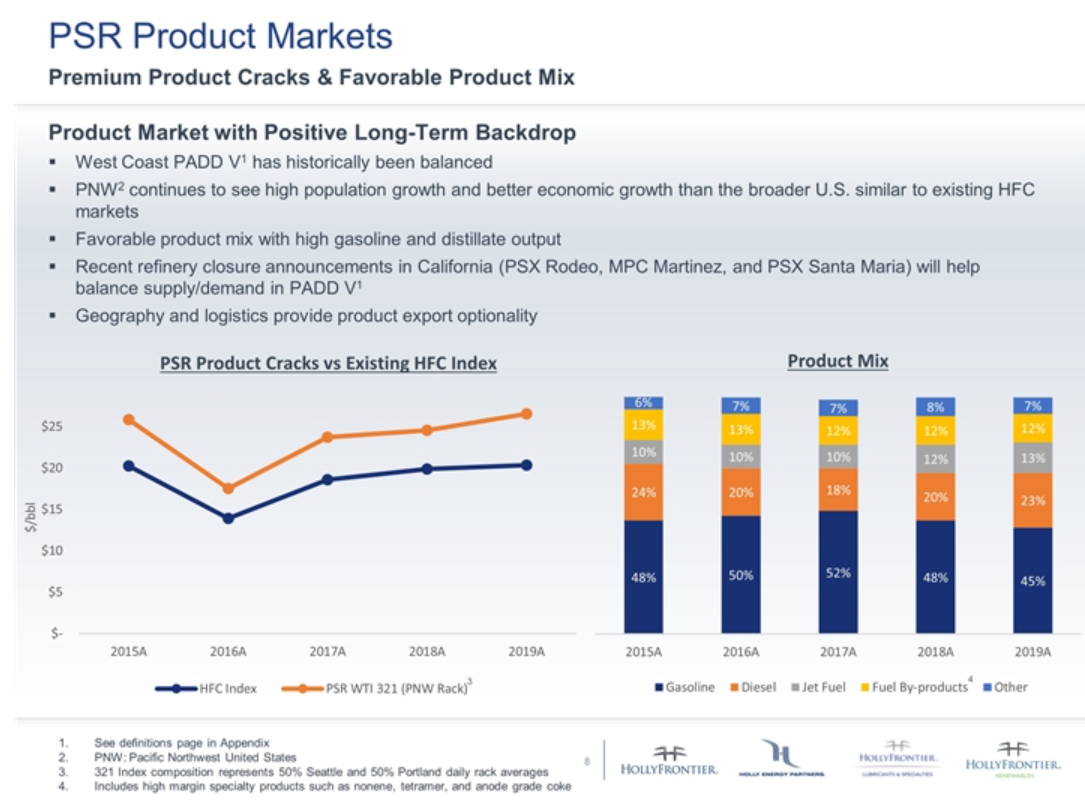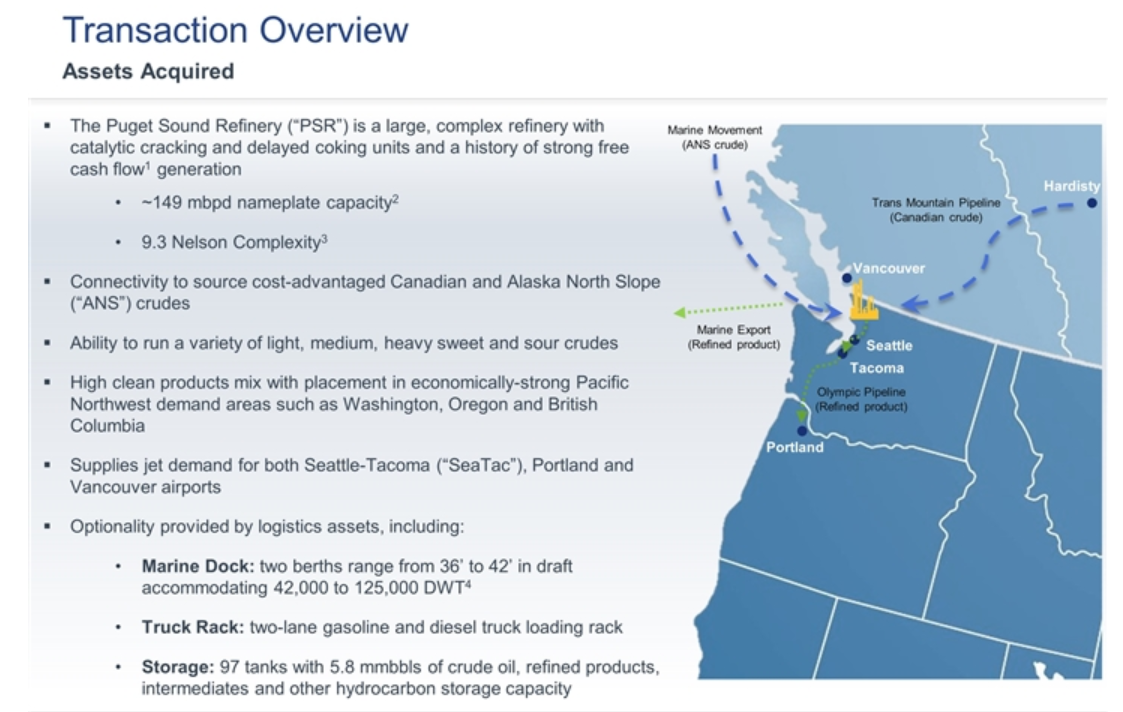Big Deal For U.S. Refiners Announced Tuesday

The rally continues for energy prices as gasoline futures have reached their highest level since July 2018 overnight, and ULSD has broken above $2 for the first time since COVID started wreaking havoc on the world. With the breakout to the upside this week, charts suggest that ULSD should now make a run at the January 2020 highs of $2.1195, while RBOB may test the May 2018 highs of $2.2855.
The API report Tuesday added some fundamental support to an already bullish technical landscape, with large draws for oil and refined products estimated last week. The EIA’s weekly report is due out at its normal time this morning. Last week the government’s demand estimates for gasoline were lower than anecdotal evidence suggested it should be, so if there’s a correction to the upside in consumption estimates this week the stage is set for this rally to snowball later today.
If you ever needed some evidence that low interest rates are the biggest driver of stock prices (and occasionally energy prices) Tuesday’s price action could be exhibit A.
After a morning temper tantrum when the U.S. treasury secretary (and former FED Chair) Janet Yellen suggested the FED may need to raise rates to keep the U.S. economy from overheating, stock markets recovered later in the day when she walked those statements back. While energy prices were up throughout the day, they did pull back some with the early stock selling, and rallied later in the day as optimism for free money returned.
Ethanol and RIN prices continued their big rally on Tuesday, with both D6 and D4 RINs reaching new all-time highs. Unless there’s a pullback in grain prices, it seems there’s little standing in the way of further advances in the coming weeks until the Supreme Court makes its ruling on small refinery waivers.
A big deal for U.S. refiners was announced Tuesday.
HollyFrontier announced plans to purchase the Shell refinery in Anacortes Washington Tuesday afternoon, and published a slide deck this morning giving the rationale for the purchase. With a price of less than 2X EBITDA for the facility (not to mention the other refineries its closed or sold recently) Shell’s lack of confidence in refining is clear, while Holly makes the case that demand in the PNW region is growing, and the other refinery closures should make this asset attractive. One other benefit of this refinery: deep water port access. That’s something the other Holly facilities in New Mexico, Oklahoma, Kansas, Wyoming and Utah probably won’t have anytime soon.
Holly also reported first quarter earnings, showing another rough stretch for refinery operations which lost $66 million, but were offset by a write-up of $200 million in inventory values, and a $51 gain from a tariff settlement. The company’s CEO said, “A record earnings quarter in our Lubricants and Specialties business, as well as steady performance from HEP, helped offset the impacts of heavy planned maintenance and winter storm Uri on our refining segment during the quarter. As we enter the summer, our focus remains on safely completing the build-out of our Renewables business on schedule.”
Speaking of getting renewable businesses on schedule: CVR announced it was delaying the start of its renewable diesel plant at the Wynnewood refinery in Oklahoma due to the effects of February’s winter storm, and delays in equipment deliveries.
Click here to download a PDF of today's TACenergy Market Talk.
Latest Posts
Gasoline Futures Are Leading The Way Lower This Morning
The Sell-Off Continues In Energy Markets, RBOB Gasoline Futures Are Now Down Nearly 13 Cents In The Past Two Days
Week 15 - US DOE Inventory Recap
Prices To Lease Space On Colonial’s Main Gasoline Line Continue To Rally This Week
Social Media
News & Views
View All
Gasoline Futures Are Leading The Way Lower This Morning
It was a volatile night for markets around the world as Israel reportedly launched a direct strike against Iran. Many global markets, from equities to currencies to commodities saw big swings as traders initially braced for the worst, then reversed course rapidly once Iran indicated that it was not planning to retaliate. Refined products spiked following the initial reports, with ULSD futures up 11 cents and RBOB up 7 at their highest, only to reverse to losses this morning. Equities saw similar moves in reverse overnight as a flight to safety trade soon gave way to a sigh of relief recovery.
Gasoline futures are leading the way lower this morning, adding to the argument that we may have seen the spring peak in prices a week ago, unless some actual disruption pops up in the coming weeks. The longer term up-trend is still intact and sets a near-term target to the downside roughly 9 cents below current values. ULSD meanwhile is just a nickel away from setting new lows for the year, which would open up a technical trap door for prices to slide another 30 cents as we move towards summer.
A Reuters report this morning suggests that the EPA is ready to announce another temporary waiver of smog-prevention rules that will allow E15 sales this summer as political winds continue to prove stronger than any legitimate environmental agenda. RIN prices had stabilized around 45 cents/RIN for D4 and D6 credits this week and are already trading a penny lower following this report.
Delek’s Big Spring refinery reported maintenance on an FCC unit that would require 3 days of work. That facility, along with several others across TX, have had numerous issues ever since the deep freeze events in 2021 and 2024 did widespread damage. Meanwhile, overnight storms across the Midwest caused at least one terminal to be knocked offline in the St. Louis area, but so far no refinery upsets have been reported.
Meanwhile, in Russia: Refiners are apparently installing anti-drone nets to protect their facilities since apparently their sling shots stopped working.
Click here to download a PDF of today's TACenergy Market Talk.

The Sell-Off Continues In Energy Markets, RBOB Gasoline Futures Are Now Down Nearly 13 Cents In The Past Two Days
The sell-off continues in energy markets. RBOB gasoline futures are now down nearly 13 cents in the past two days, and have fallen 16 cents from a week ago, leading to questions about whether or not we’ve seen the seasonal peak in gasoline prices. ULSD futures are also coming under heavy selling pressure, dropping 15 cents so far this week and are trading at their lowest level since January 3rd.
The drop on the weekly chart certainly takes away the upside momentum for gasoline that still favored a run at the $3 mark just a few days ago, but the longer term up-trend that helped propel a 90-cent increase since mid-December is still intact as long as prices stay above the $2.60 mark for the next week. If diesel prices break below $2.50 there’s a strong possibility that we see another 30 cent price drop in the next couple of weeks.
An unwind of long positions after Iran’s attack on Israel was swatted out of the sky without further escalation (so far anyway) and reports that Russia is resuming refinery runs, both seeming to be contributing factors to the sharp pullback in prices.
Along with the uncertainty about where the next attacks may or may not occur, and if they will have any meaningful impact on supply, come no shortage of rumors about potential SPR releases or how OPEC might respond to the crisis. The only thing that’s certain at this point, is that there’s much more spare capacity for both oil production and refining now than there was 2 years ago, which seems to be helping keep a lid on prices despite so much tension.
In addition, for those that remember the chaos in oil markets 50 years ago sparked by similar events in and around Israel, read this note from the NY Times on why things are different this time around.
The DOE’s weekly status report was largely ignored in the midst of the big sell-off Wednesday, with few noteworthy items in the report.
Diesel demand did see a strong recovery from last week’s throwaway figure that proves the vulnerability of the weekly estimates, particularly the week after a holiday, but that did nothing to slow the sell-off in ULSD futures.
Perhaps the biggest next of the week was that the agency made its seasonal changes to nameplate refining capacity as facilities emerged from their spring maintenance.
PADD 2 saw an increase of 36mb/day, and PADD 3 increased by 72mb/day, both of which set new records for regional capacity. PADD 5 meanwhile continued its slow-motion decline, losing another 30mb/day of capacity as California’s war of attrition against the industry continues. It’s worth noting that given the glacial pace of EIA reporting on the topic, we’re unlikely to see the impact of Rodeo’s conversion in the official numbers until next year.
Speaking of which, if you believe the PADD 5 diesel chart below that suggests the region is running out of the fuel, when in fact there’s an excess in most local markets, you haven’t been paying attention. Gasoline inventories on the West Coast however do appear consistent with reality as less refining output and a lack of resupply options both continue to create headaches for suppliers.

